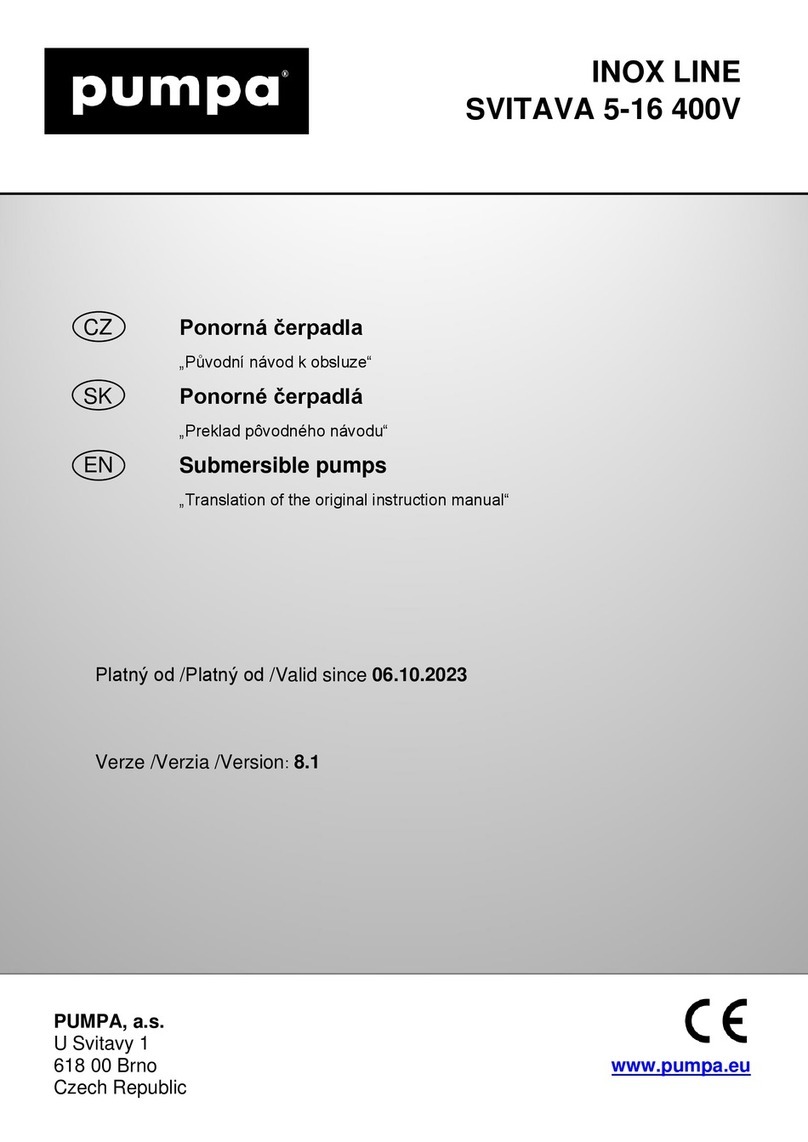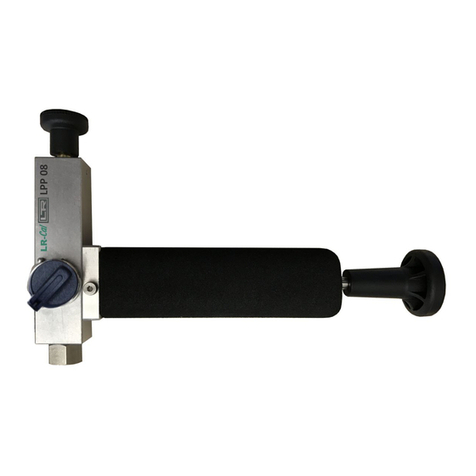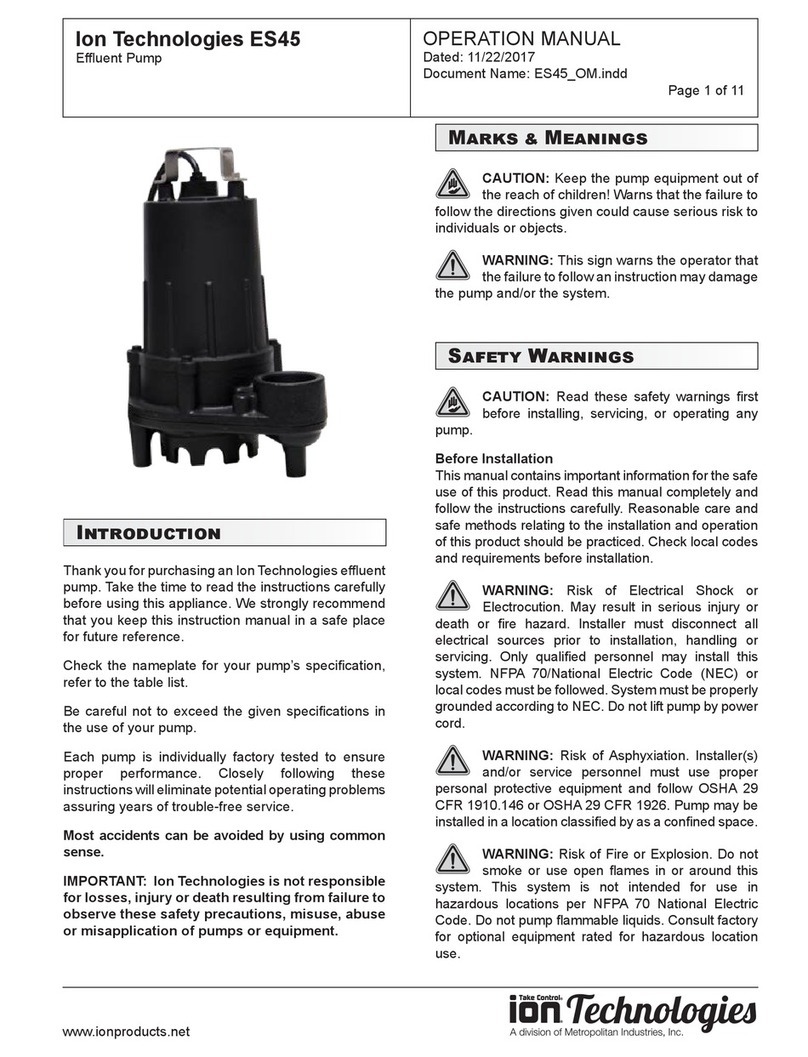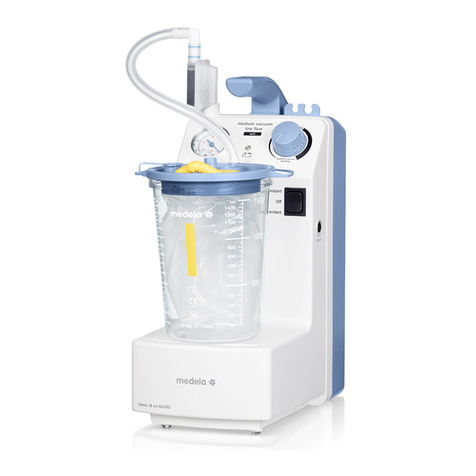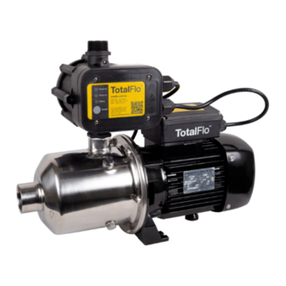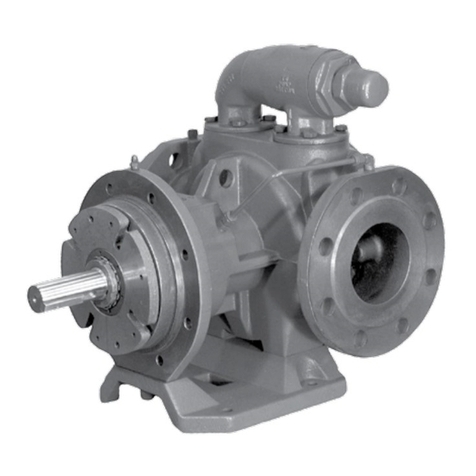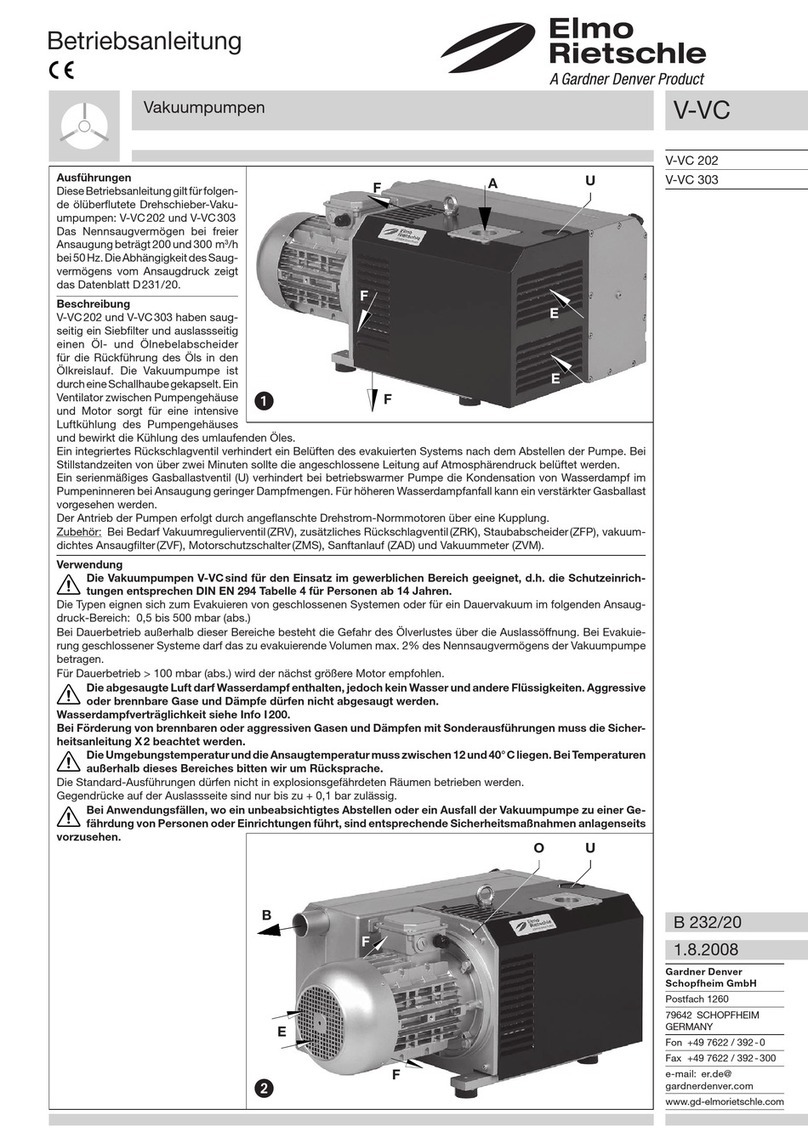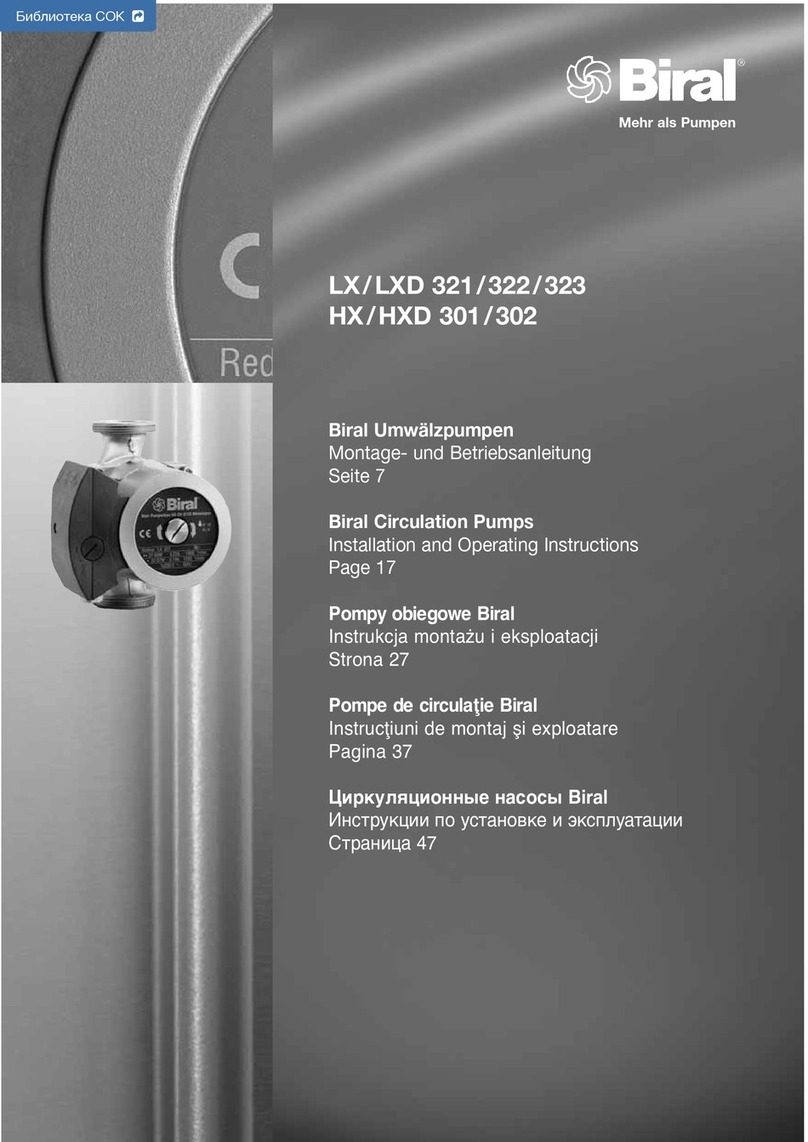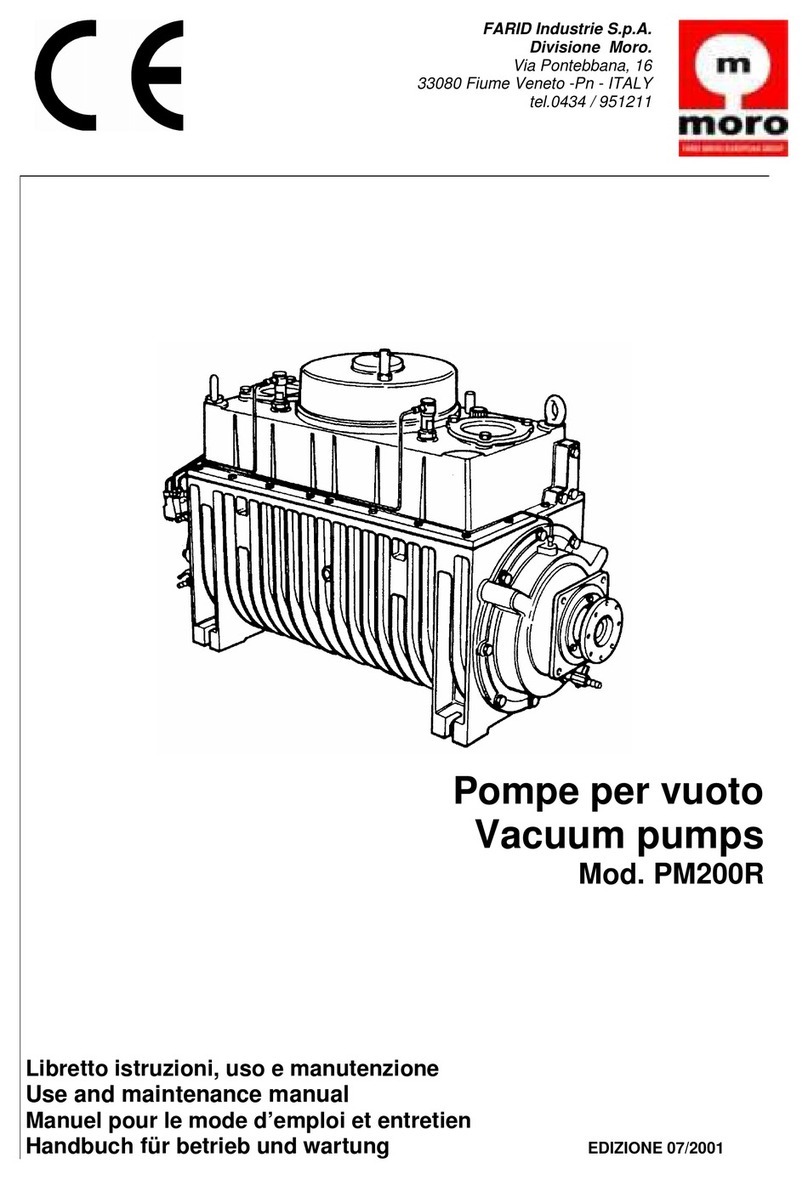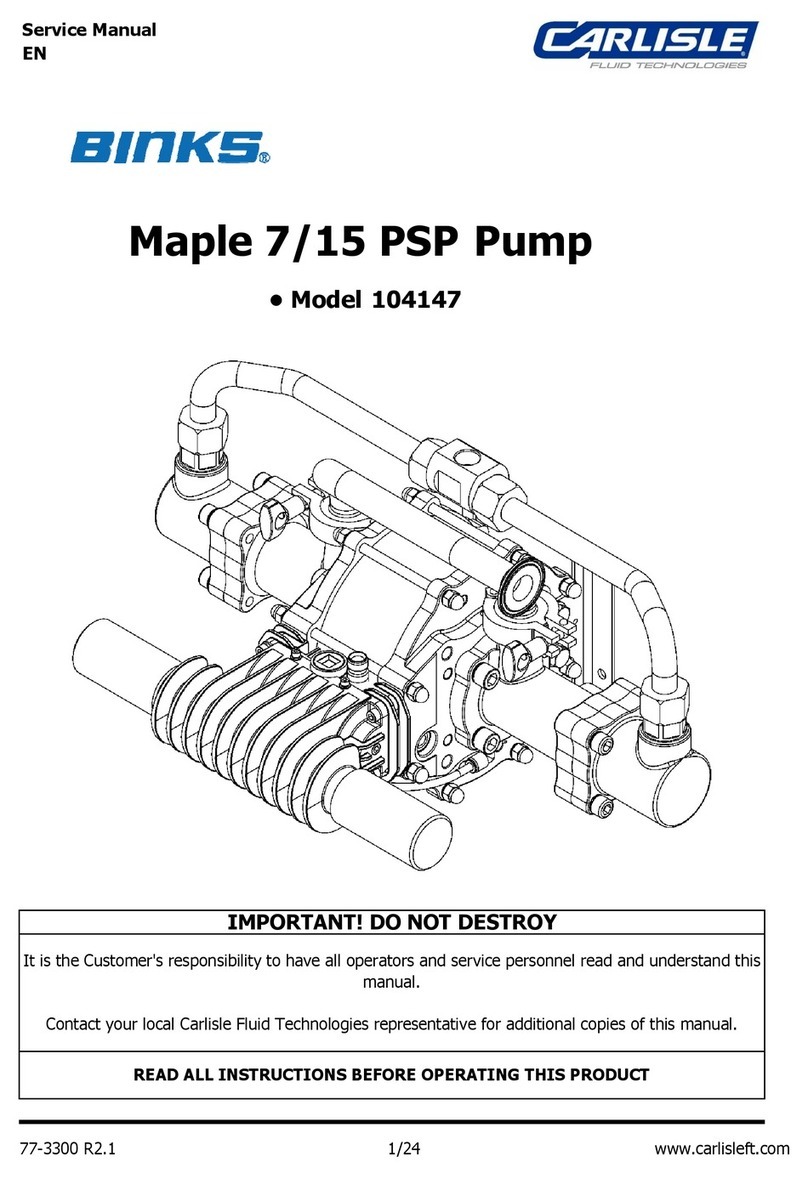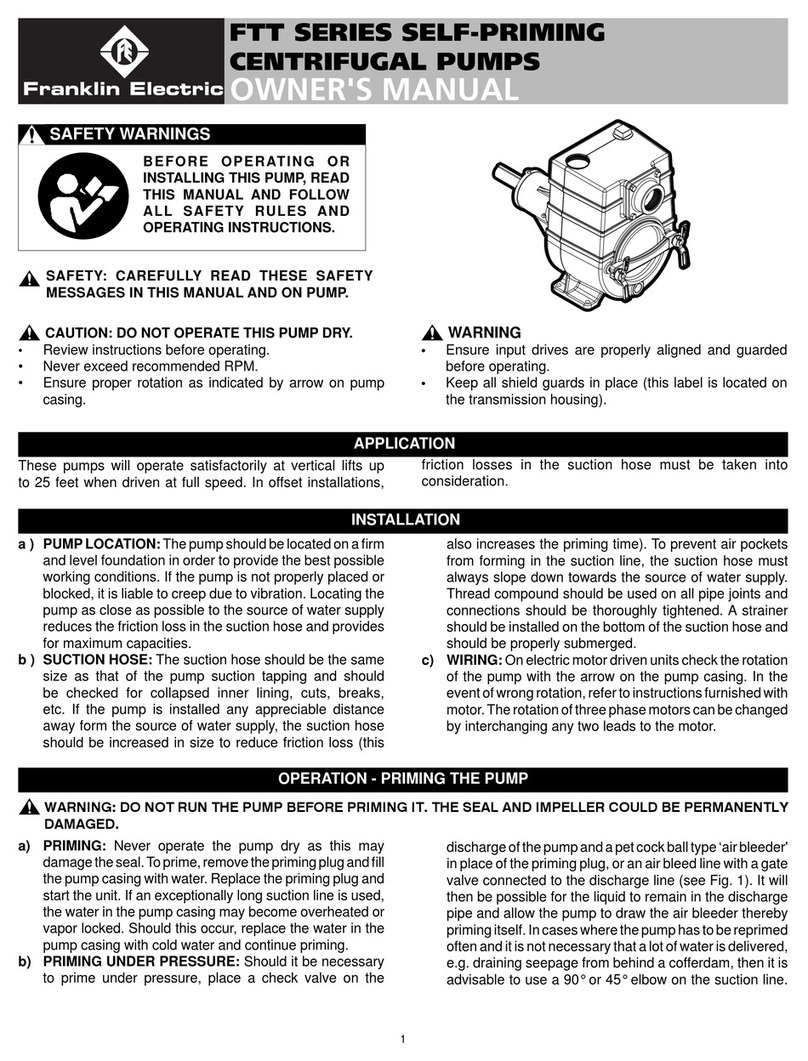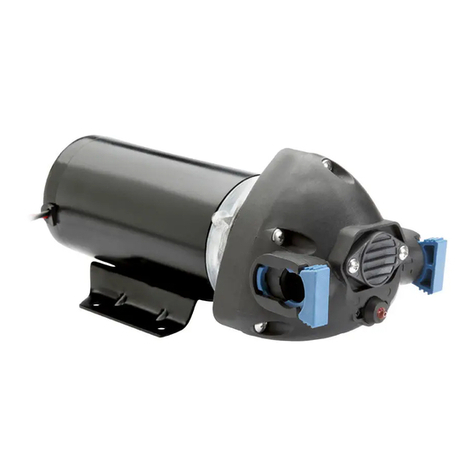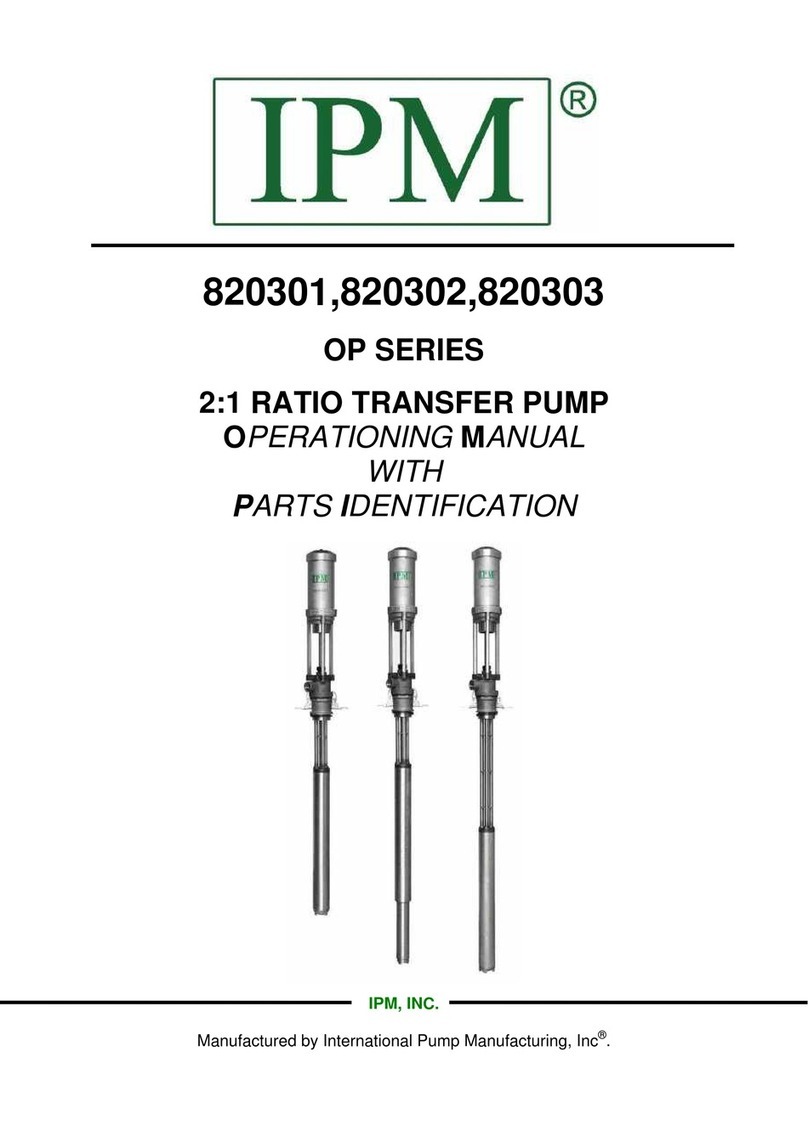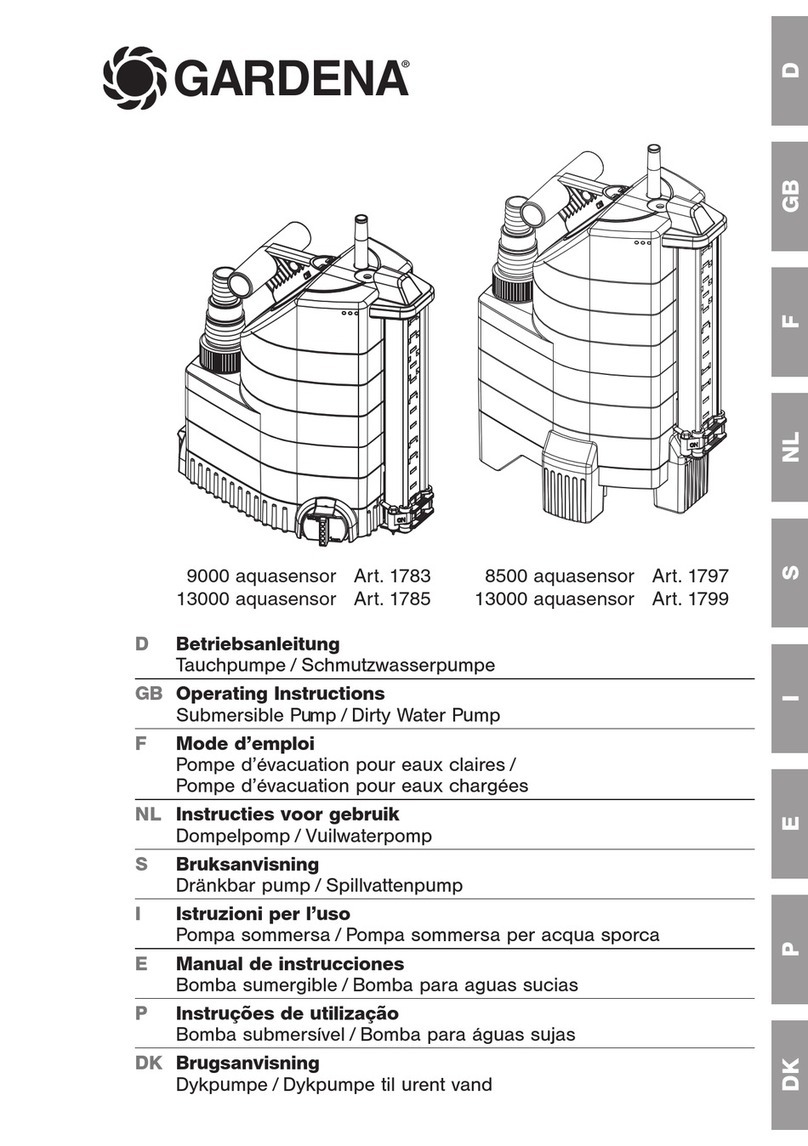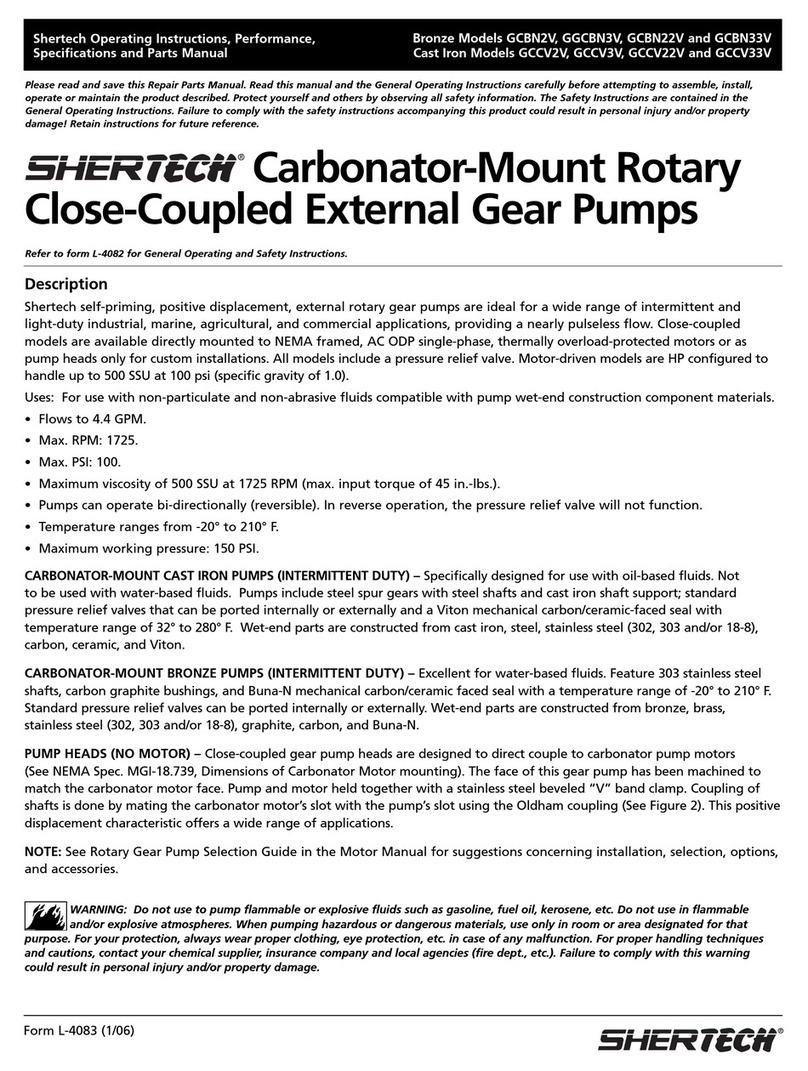
GB
CT,T, TP, Rev24 - Operating Instructions Page 11 / 64
6.4.3. Delivery pipe
Fit a gate valve in the delivery pipe to adjust delivery
and head.
Install a pressure gauge.
With a geodetic head at outlet over 15 m t a check
valve between the pump and the gate valve in order to
protect the pump from water hammering.
6.5. Electrical connection
OFF
Electrical connection must be carried out only
by a qualied electrician in accordance with
local regulations.
Follow all safety standards.
The unit must be properly earthed (grounded).
Connect the earthing (grounding) conductor to the
terminal with the marking.
Compare the frequency and mains voltage with
the
name-plate data and connect the supply conductors
to the terminals in accordance with the appropriate
diagram inside the terminal box cover.
ATTENTION: never allow washers or other
metal parts to fall into the internal cable
opening between the terminal box and
stator. If this occurs, dismantle the motor to
recover the object which has fallen inside.
ATTENTION: with motor power rating ≥ 5.5 kW
avoid direct starting. Provide a control panel
with star-delta starting or an other starting
device.
If the terminal box is provided with an inlet gland, use
a exible power supply cord of the H07 RN-Ftype with
section of cable not less than (par. 13.1 TAB 1).
If the terminal box is provided with an inlet bushing,
connect the power supply cord through a conduit.
For use in swimming pools (not when persons are in
the pool), garden ponds and similar places, a residual
current device with IΔN not exceeding 30 mA must be
installed in the supply circuit.
Install a device for disconnection from the mains
(switch) with a contact separation of at least 3 mm in
all poles.
With a three-phase motor install an overload protection
device with curve D appropriate for the rated current
of the pump.
Single-phase CTM, TM, TPM, are supplied with a
capacitor connected to the terminals and (for 220-240
V - 50 Hz) with an incorporated thermal protector.
7. STARTUP AND OPERATION
7.1. Preliminary checks before start-up of the
pump
Do not start-up the device in case of damaged parts.
7.2. First starting
OFF
ATTENTION: never run the pump dry. Start the
pump after lling it completely with liquid.
When the pump is located above the water level
(suction lift operation) or with a positive suction head
which is too low (less than 1 m) to open the non-return
valve, ll the pump through the priming hole.
When the liquid level on the suction side is above
the pump (inow under positive suction head), ll the
pump by opening the suction gate valve slowly and
completely, keeping the delivery gate valve open to
release the air.
Before starting, check that the shaft turns by hand. For
this purpose use the screwdriver notch on the shaft
end on the ventilation side.
Slight initial rotational resistance may be due to
the reduced axial clearance of the impeller of
this type of pump; the impeller will work loose
after a short period of use.
When starting, with a three-phase motor, check
that the direction of rotation is as shown by the
arrows on the lantern bracket.
Otherwise, disconnect electrical power and reverse
the connections of two phases.
Check that the pump works within its
eld of perfor-mance and that the absorbed current
shown on the name-plate is not exceeded. Otherwise
adjust the delivery gate valve or the setting of any
pressure switches.
These pumps must never be run against a closed
valve. Never run the pump for more than ve
minutes with a closed gate valve.
7.3. Switch off of the pump
ON
The appliance must be switch off every time
there are faults. (see troubleshooting).
The product is designed for a continuous duty, the
switch off is performed by disconnecting the power
supply by means the expected disconnecting devices.
(see paragraph “6.5 Electrical connection”).
8. MAINTENANCE
Before any operations it's necessary to disconnect the
power supply.
If required ask to an electrician or to an expert
technician.
Every maintenance operations, cleaning or
reparation executed with the electrical system
under voltage, it could cause serious injuries
to people.
If the supply cord is damaged, it must be
replaced by the manufacturer, its service agent
or similarly qualied persons in order to avoid
a hazard.
In case of extraordinary maintenance, or maintenance
operations that require part-removing, the operator
must be a qualied technician able to read schemes
and drawings.
It is suggest to register all maintenance operation
executed.
During maintenance keep particular attention in
order to avoid the introduction of small external
parts, that could compromise the device safety.
CT,T, TP, Rev24.indd 11 15/01/18 15:46













